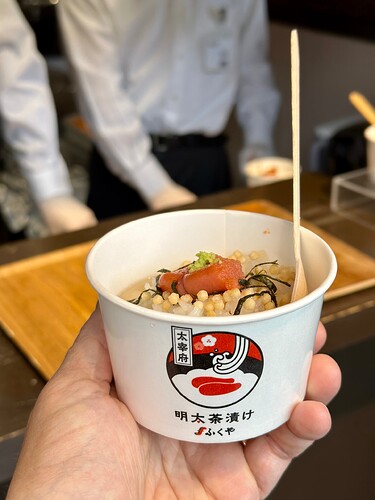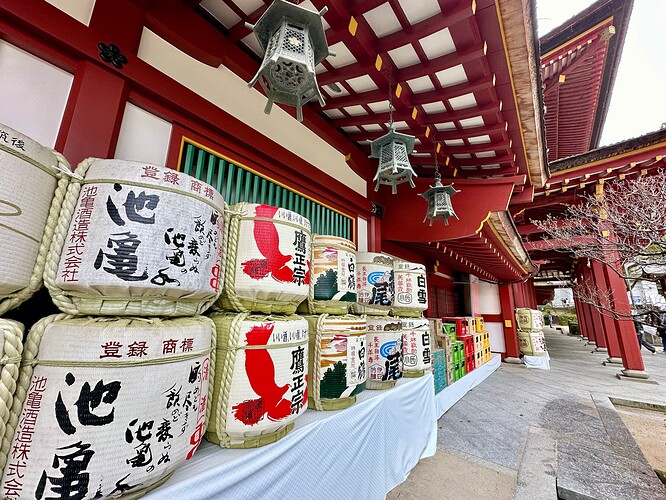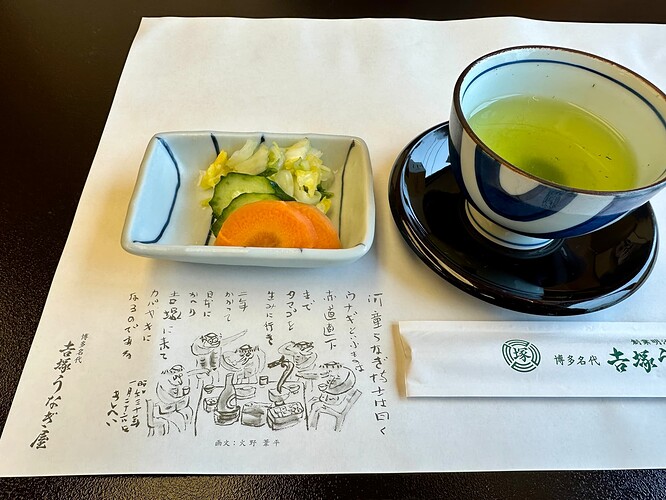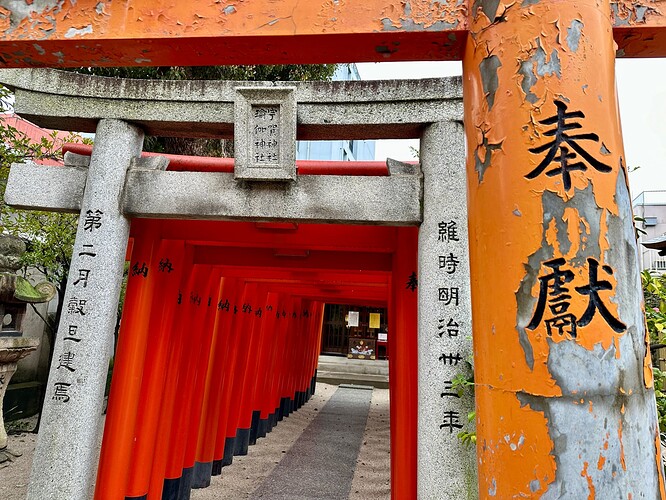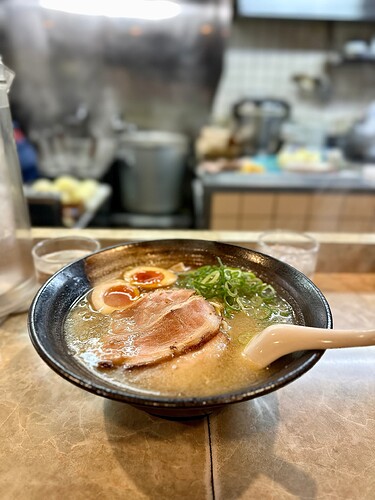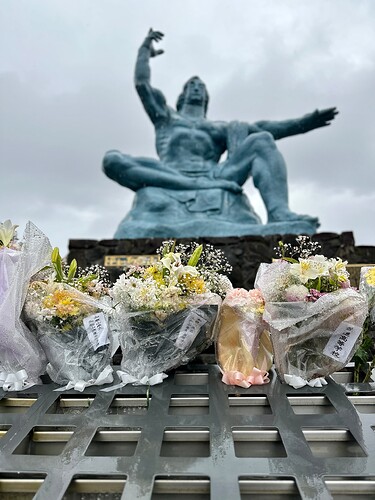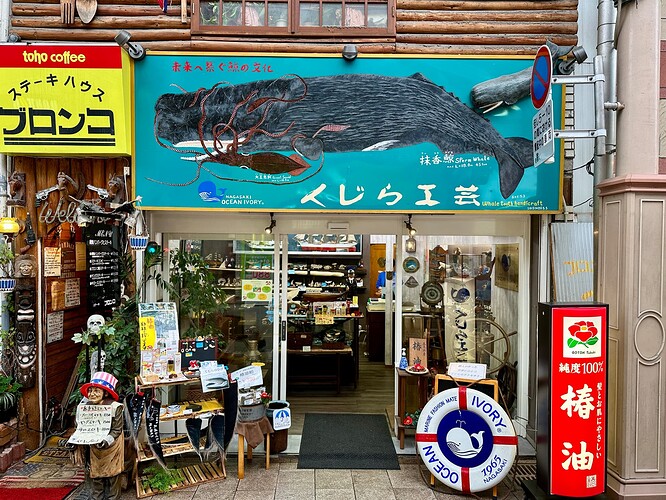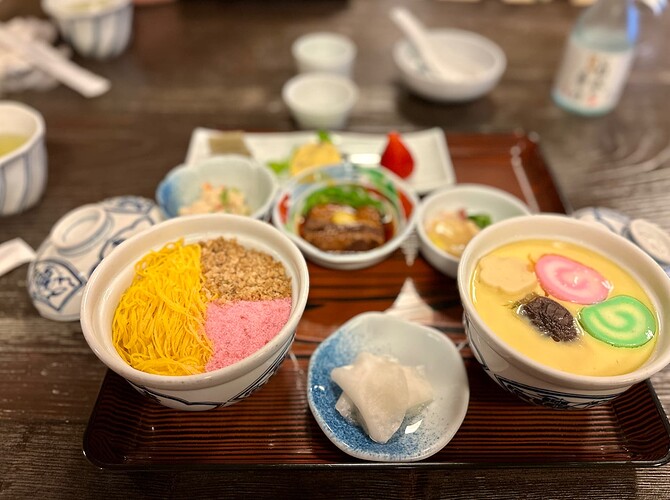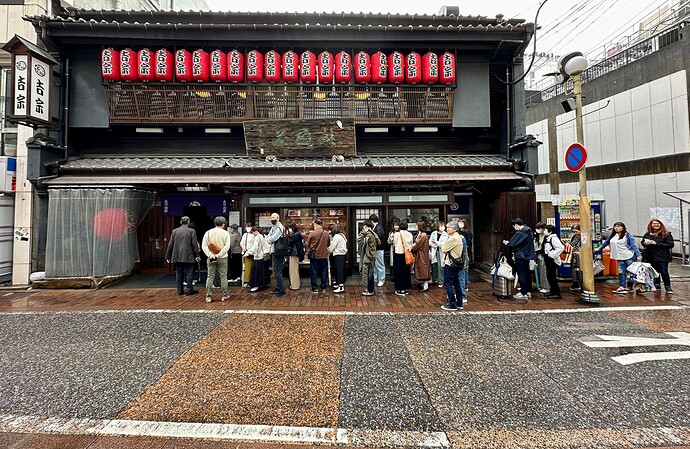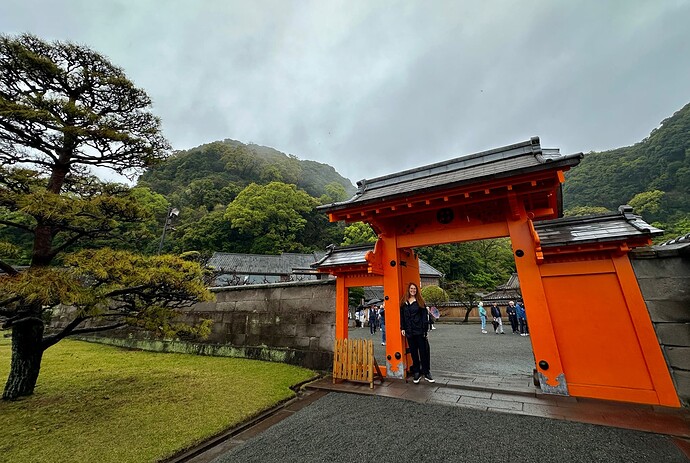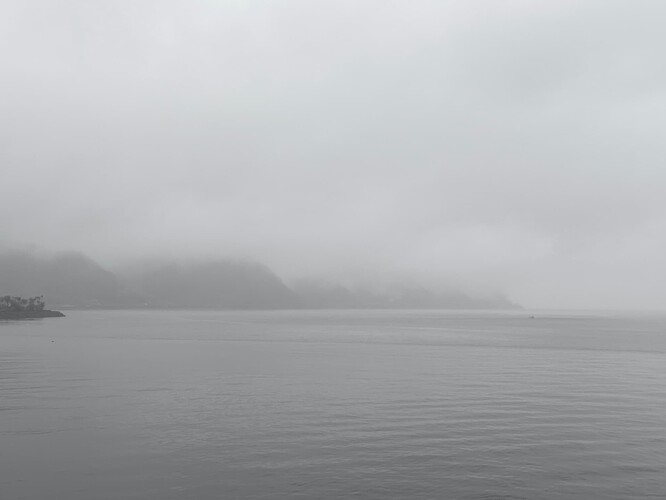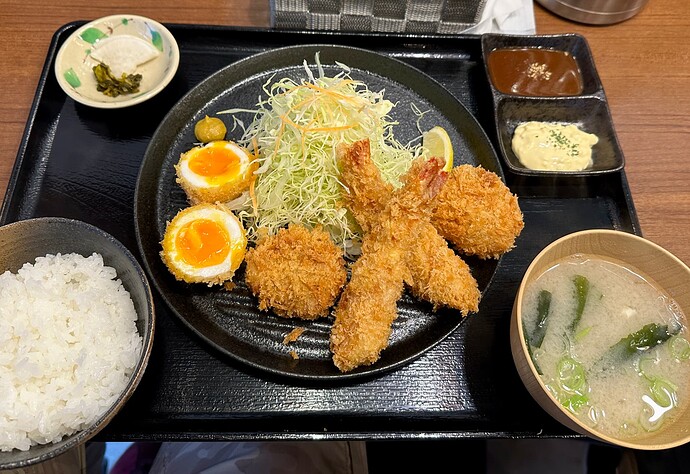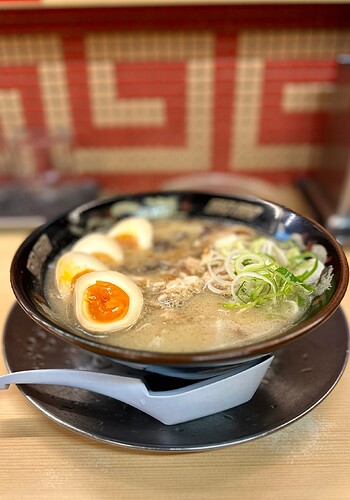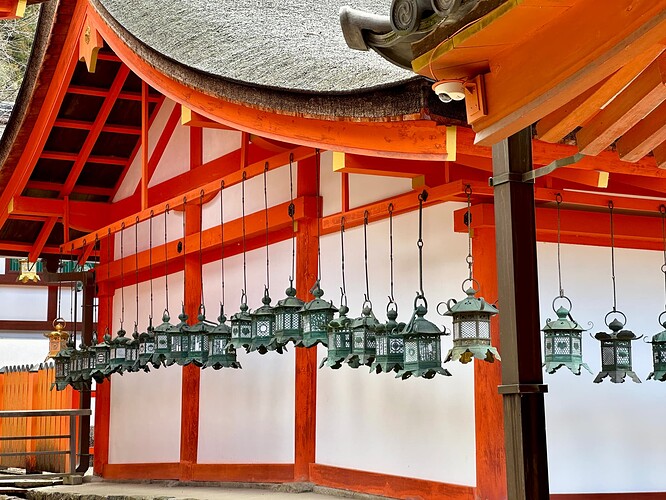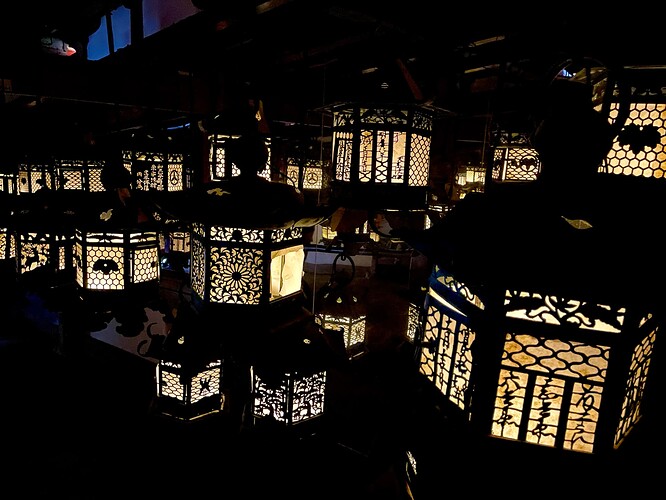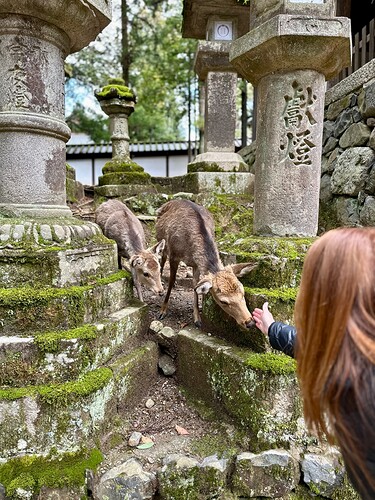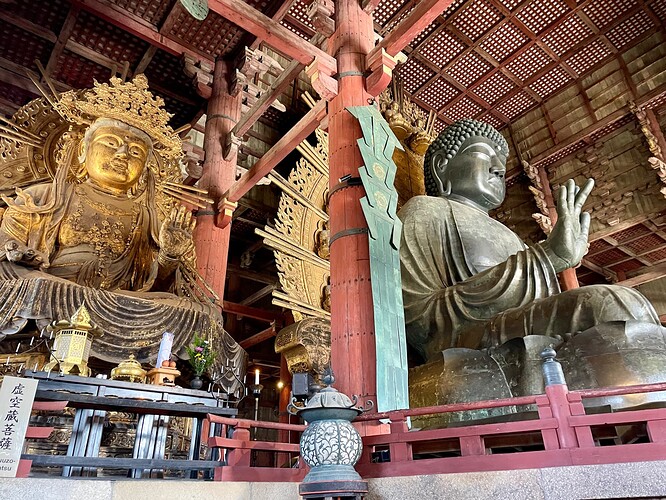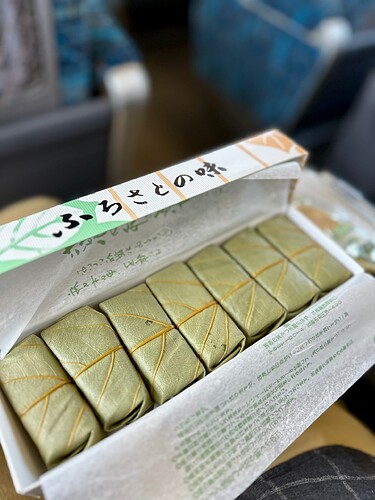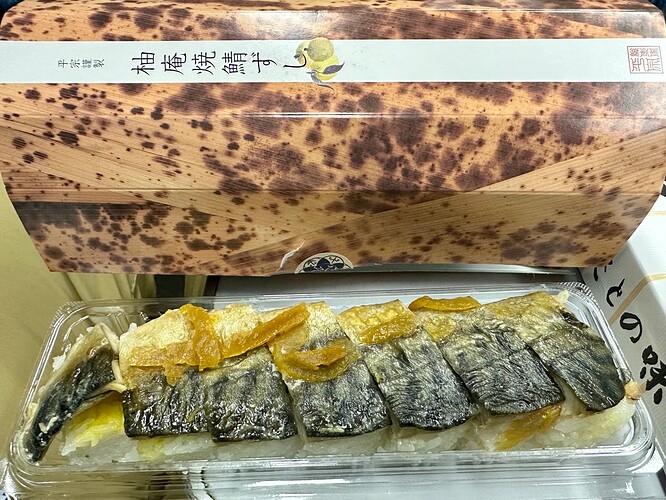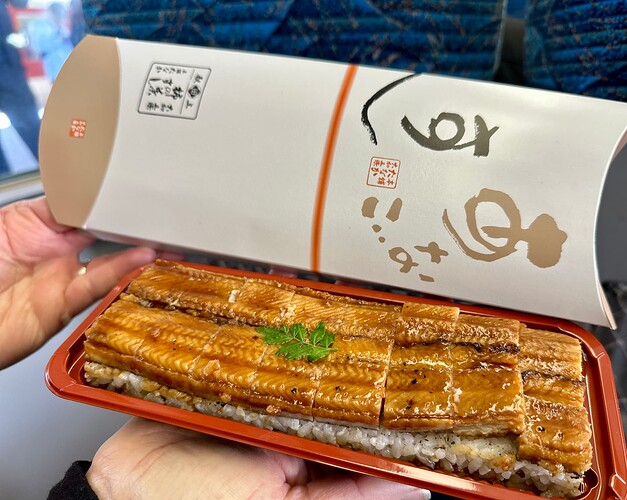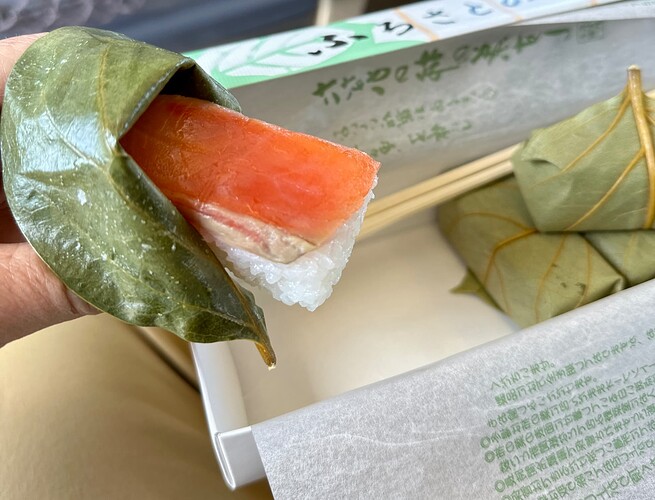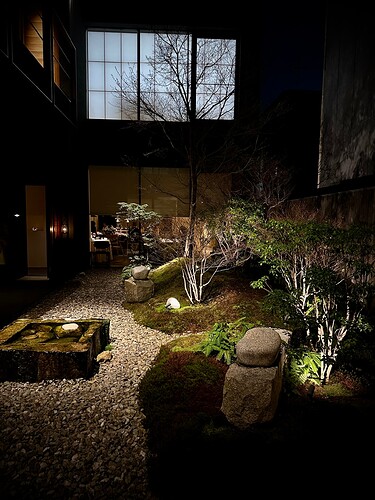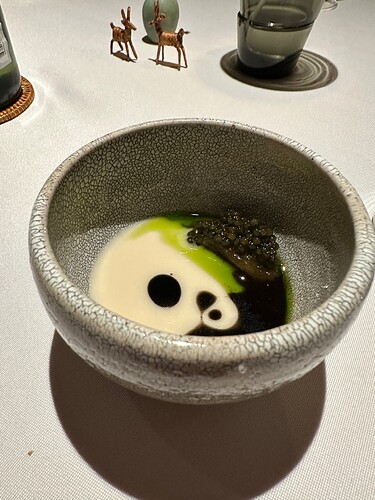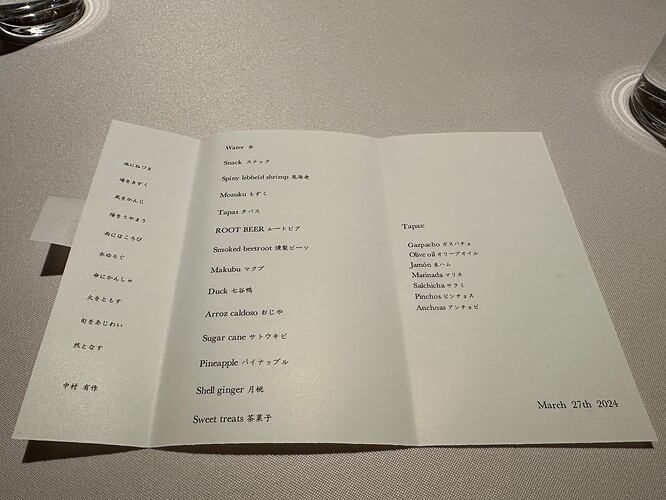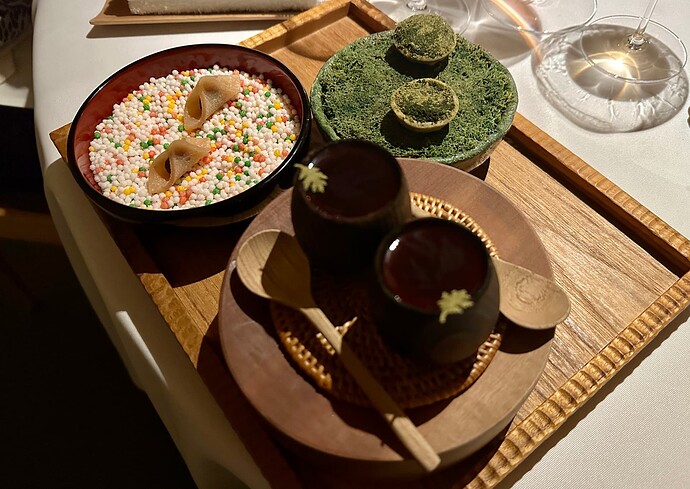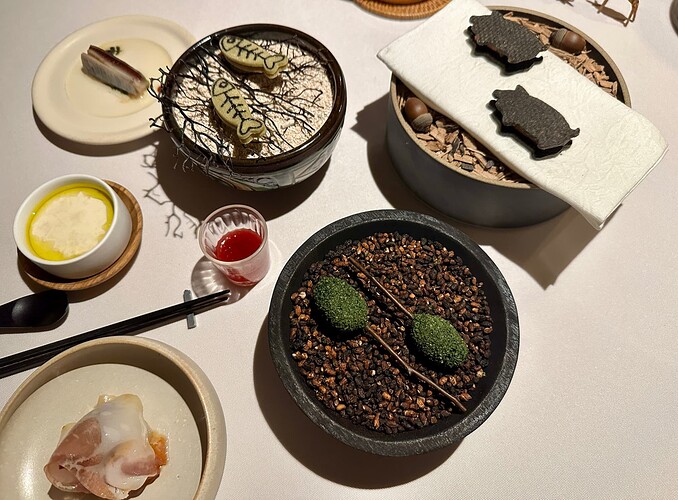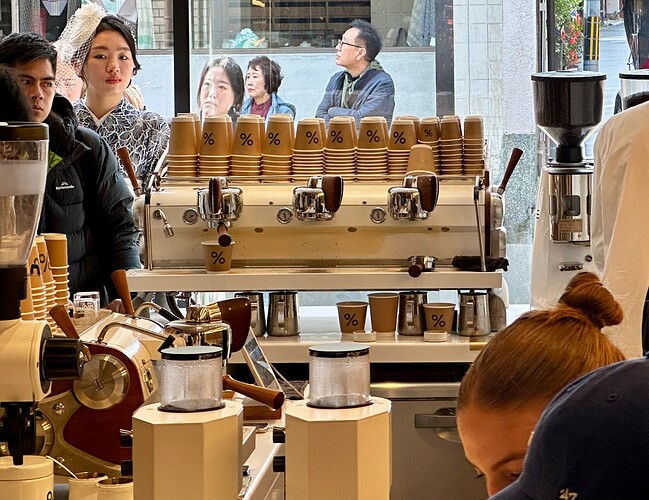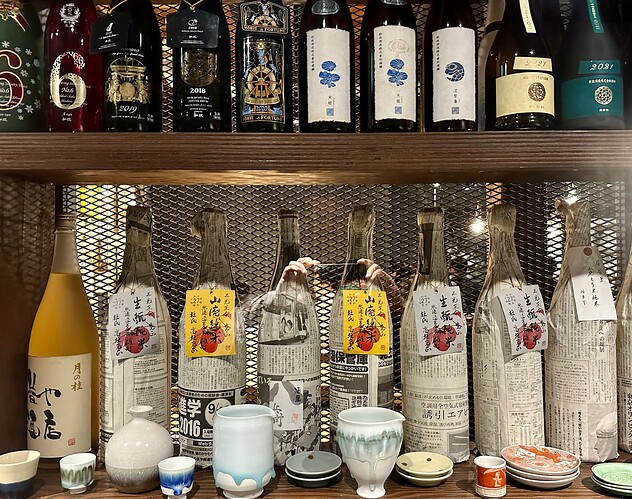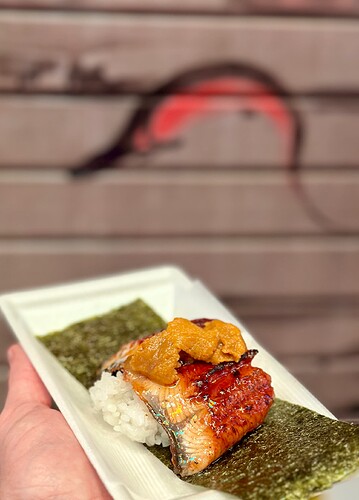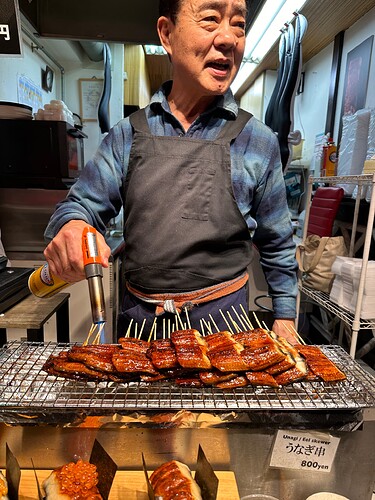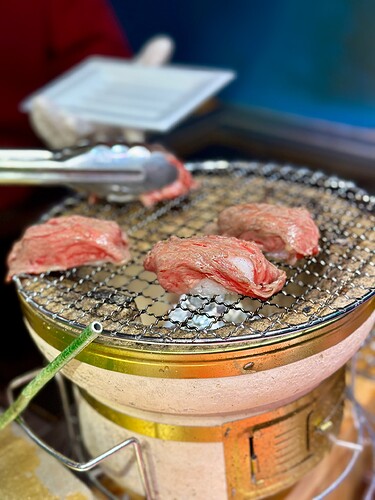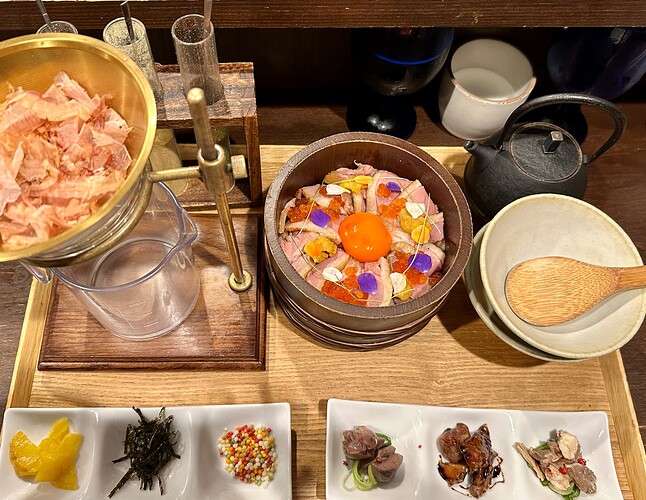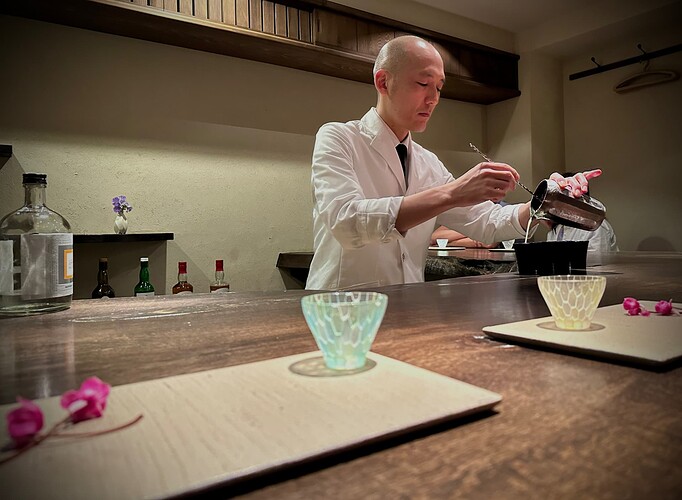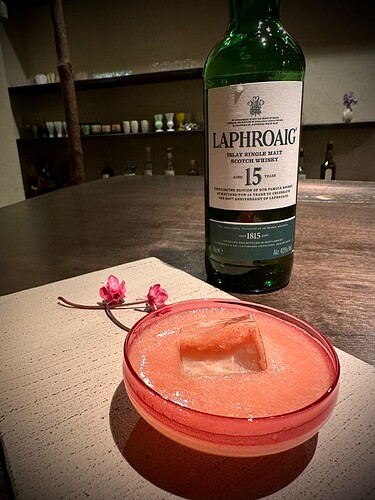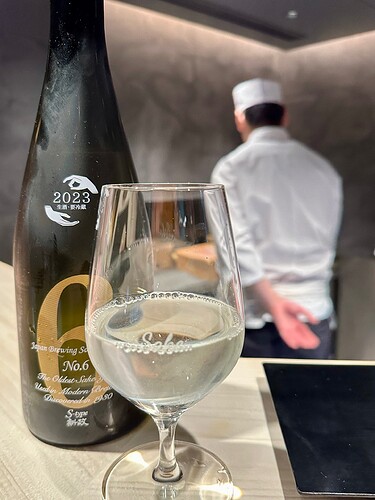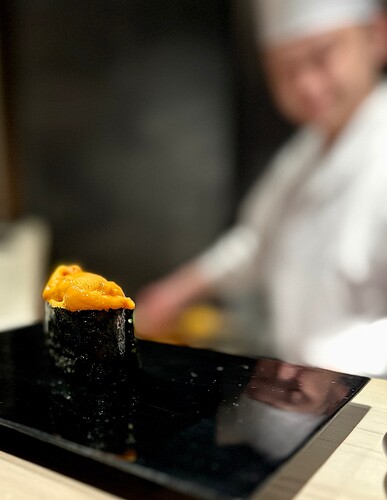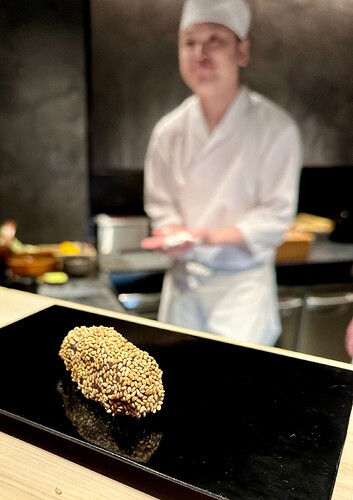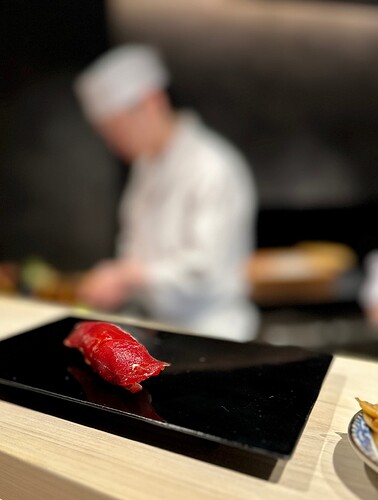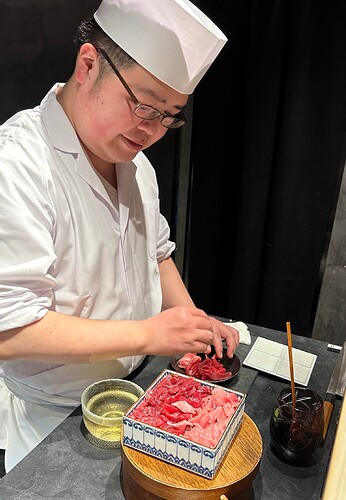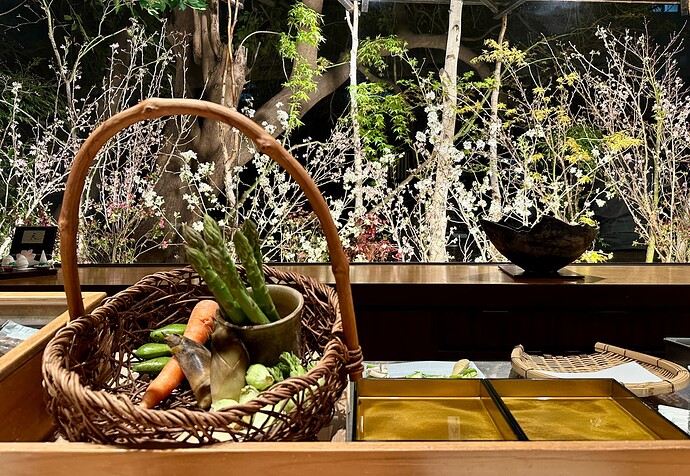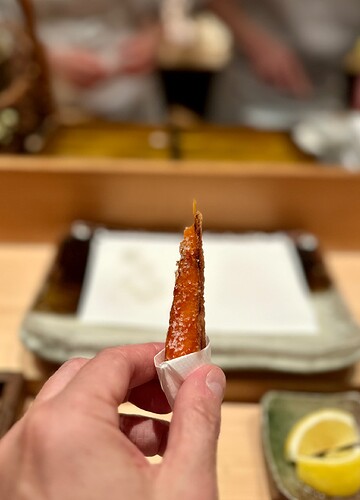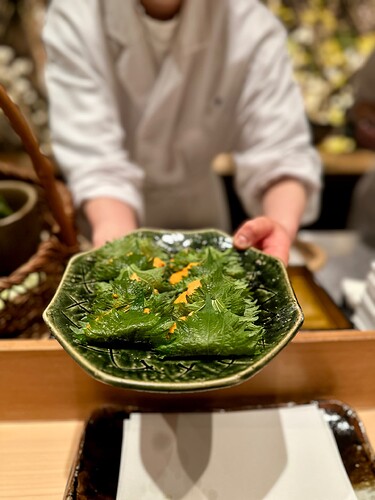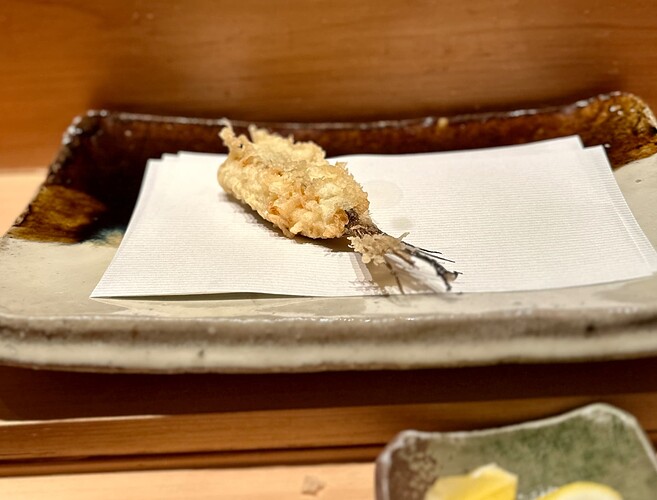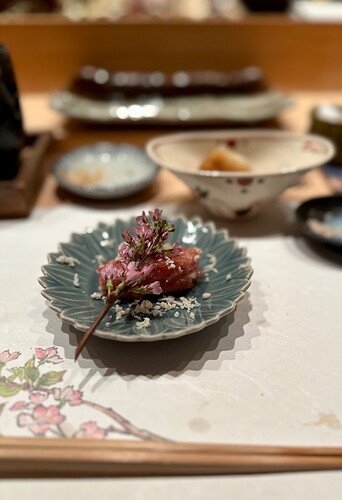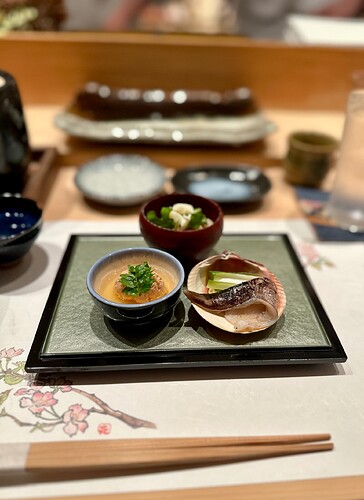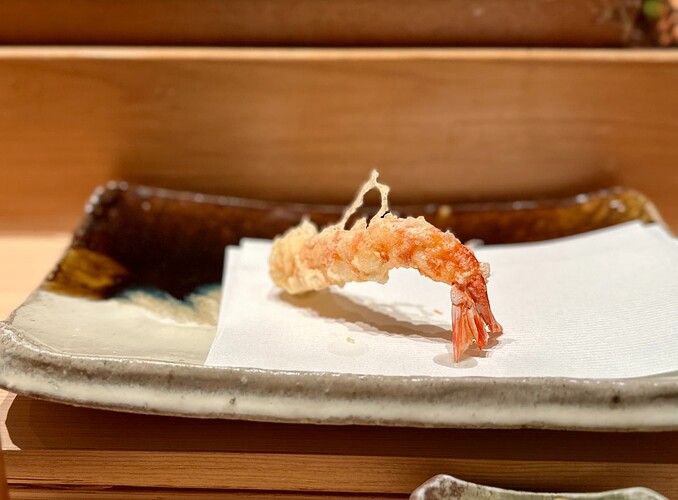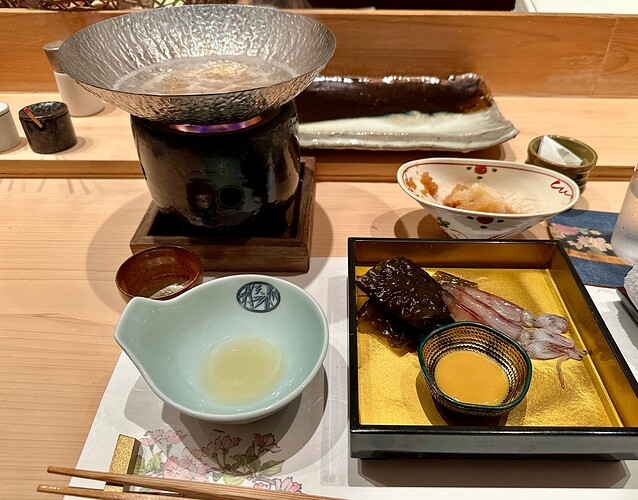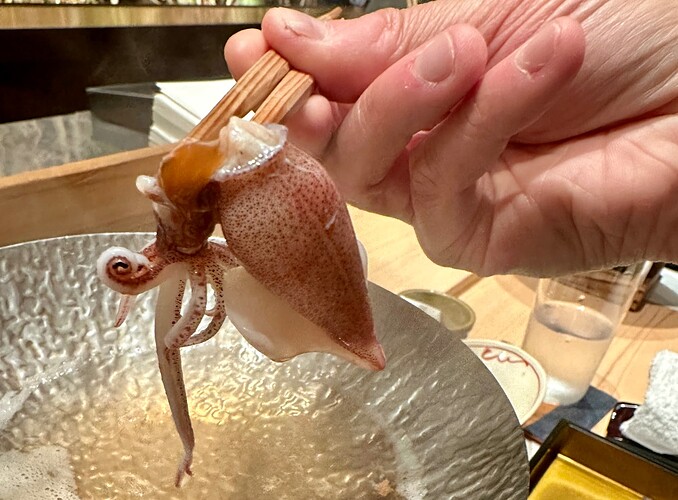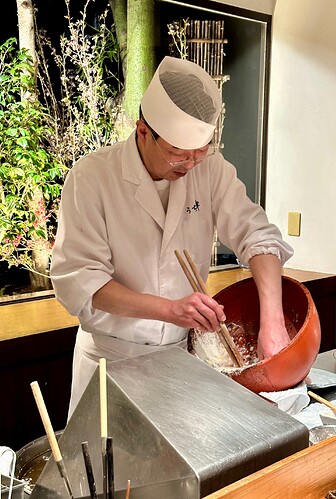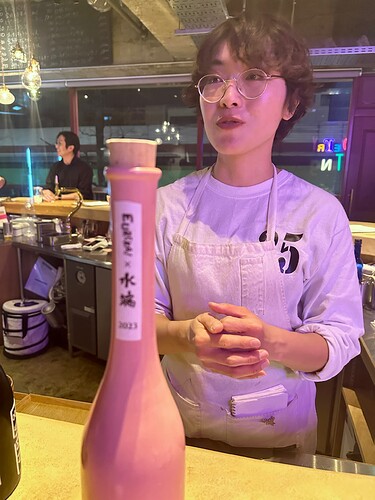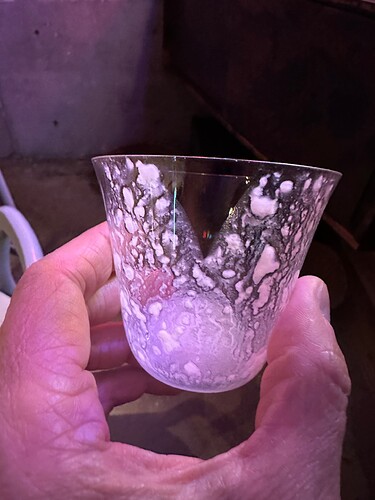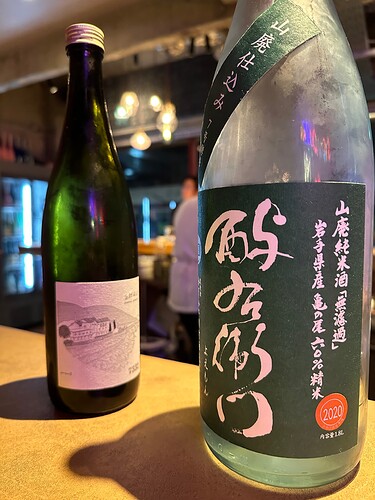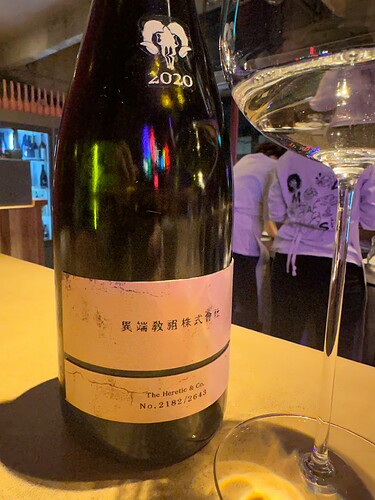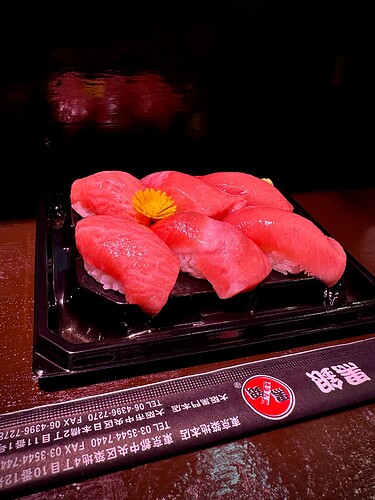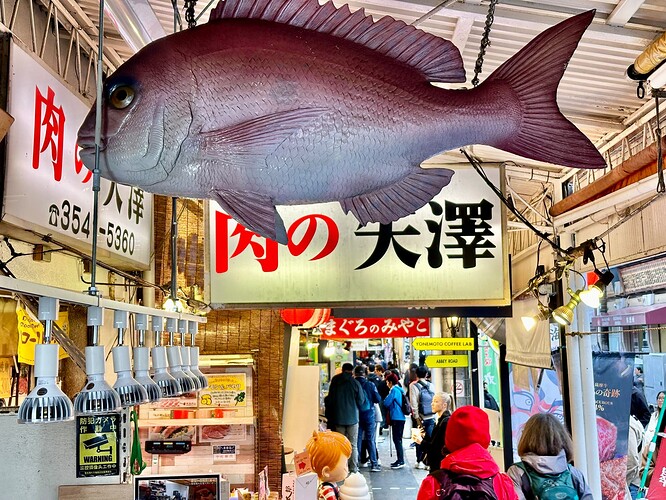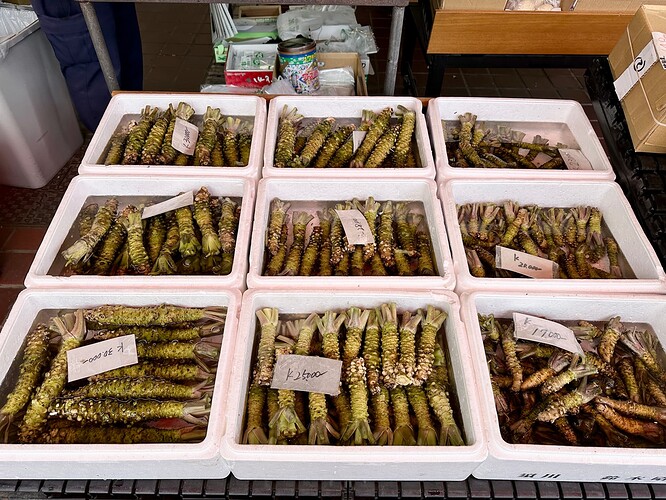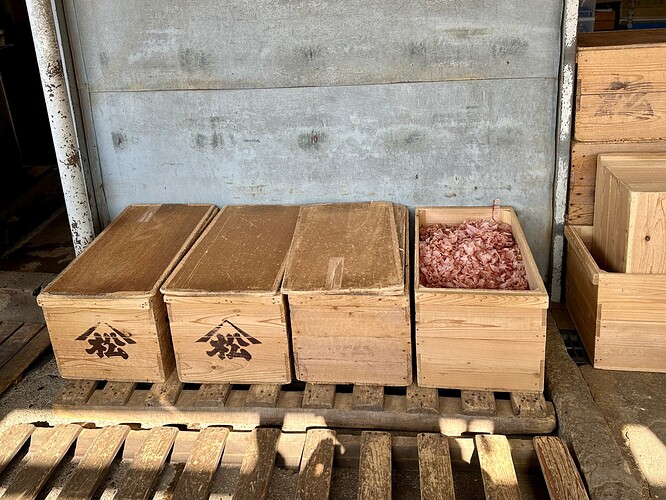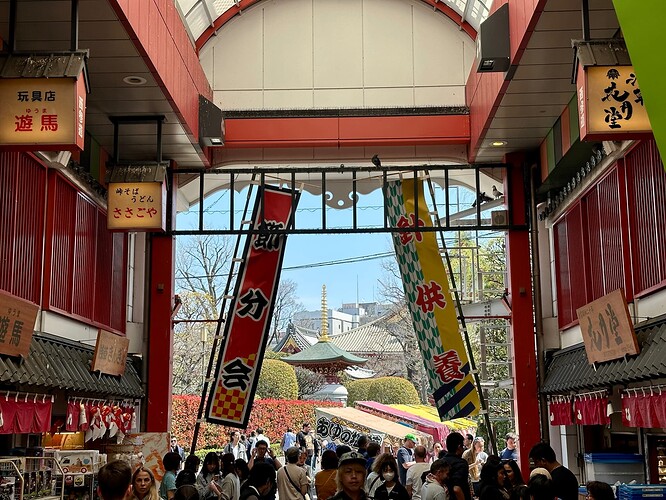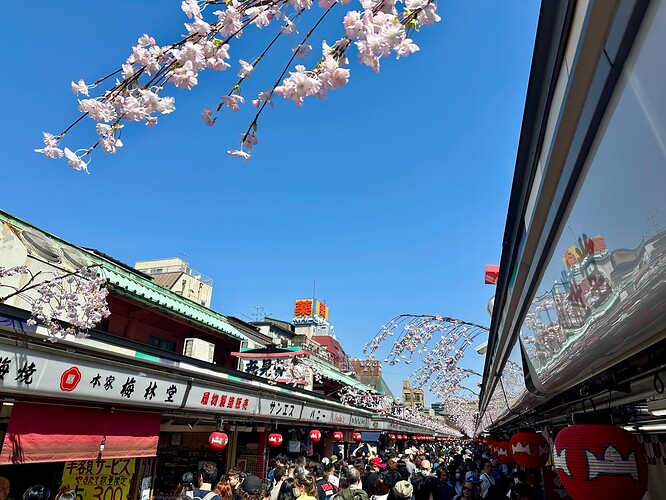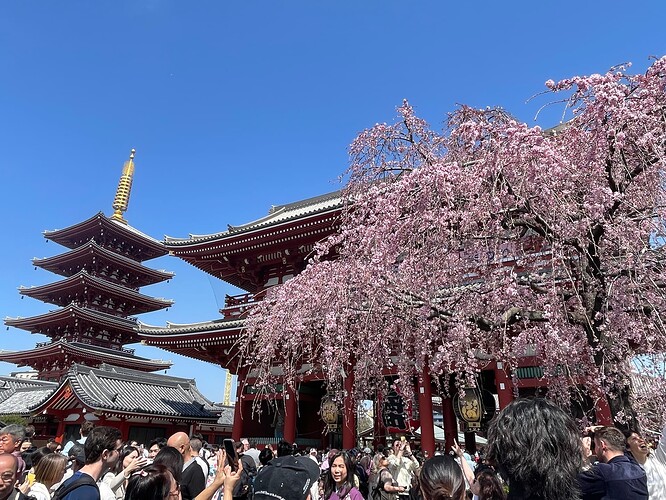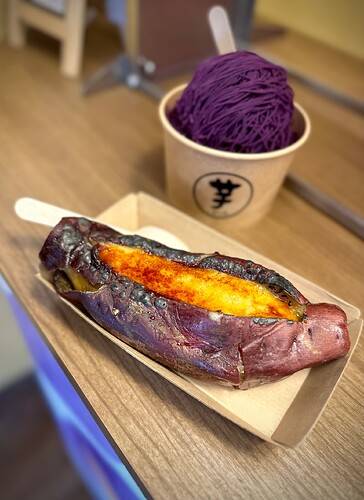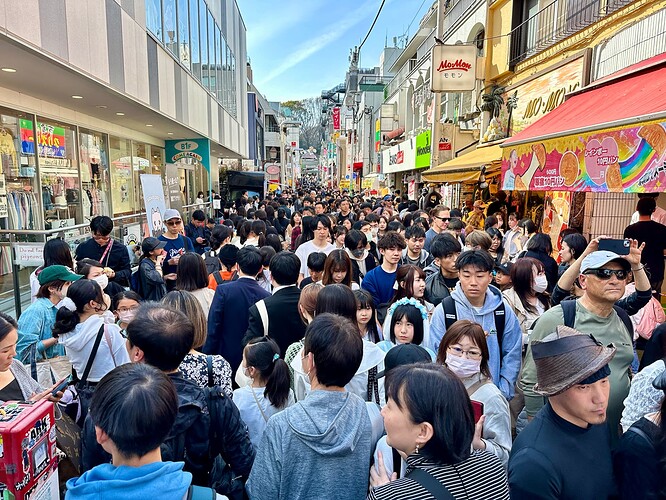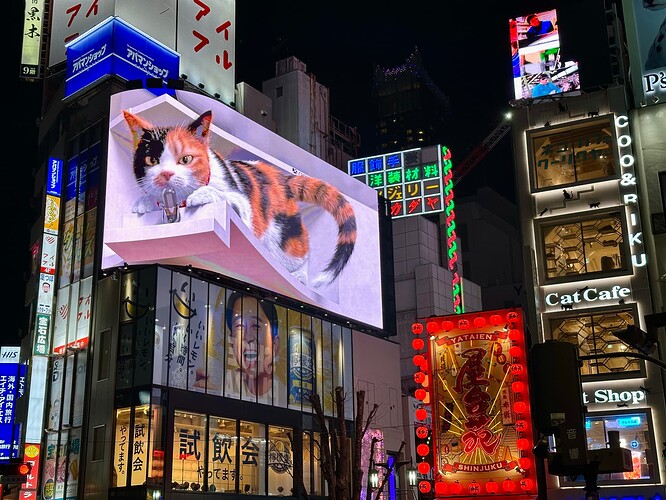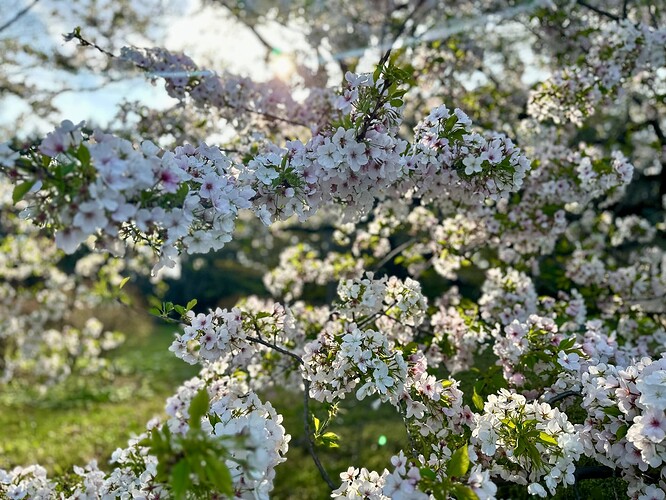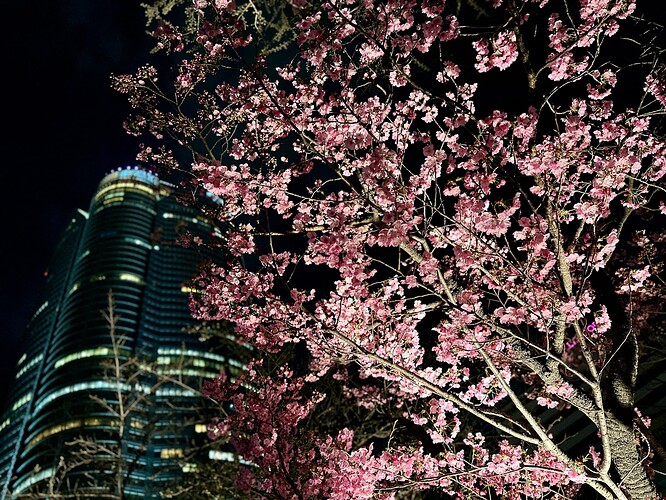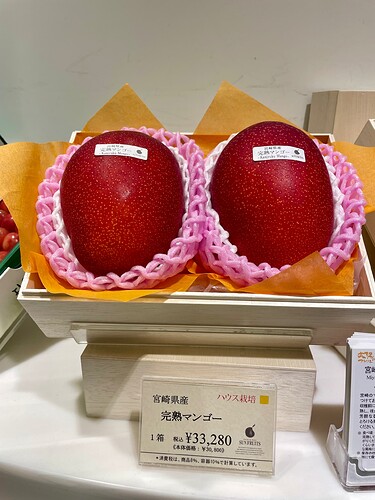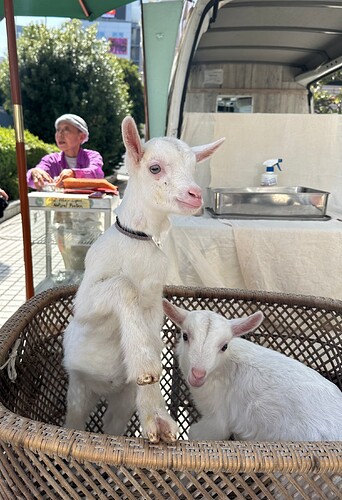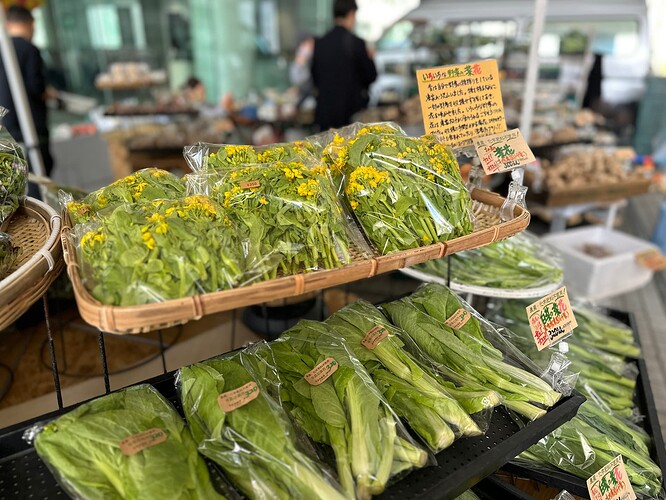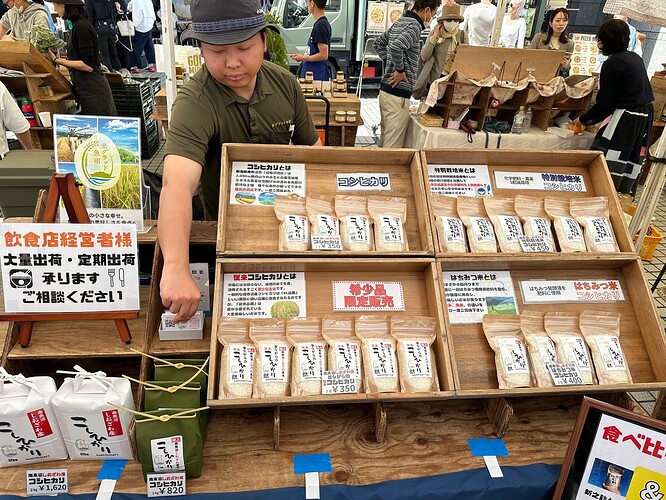Fellow ATL Berserker @Dennis_Atick was 2 weeks ahead of my trip, and while we both hit Tokyo and Kyoto and covered the same neighborhoods with similar sources and research and interests, our dining picks ended up with very little overlap - which speaks at least a little to the vast diversity of options. We generally avoided the “hot” places with long lines, and realized quickly that in Kyoto and Tokyo, that rules out a whole lot of places (but doesn’t necessarily diminish the quality level, as noted in Dennis’ earlier thread). My wife and I hit the smaller cities in the title as part of a cruise (that started in Hong Kong and went through Korea), then left the boat to hit Kyoto and Tokyo, which were easily the highlights of the trip. Generally, I don’t think Fukuoka, Nagasaki, and Kagoshima are “destination-worthy” as far as planning a trip around, but we enjoyed each of them in their own unique ways. As Dennis did, I’ll focus on the food and drinks, though will pepper in some thoughts on the sights as well.
Fukuoka: a fairly uninteresting (at least what we saw) port town, with a wonderful destination in the nearby Dazaifu Tenmangu shrine and neighborhood. That said, being Japan, we ate very well. A mentaiko (spicy cured roe) rice bowl from Ali No on the main street of Dazaifu was really fantastic, packed with salty umami flavors and a delightful broth soaking into the rice and marrying the mentaikos flavors into the rice as well. The local specialty mochi cakes are fun and yummy - and there are seemingly dozens of stands making them fresh along the street. Back in town, we had an excellent unagi and rice lunch set at Yoshizuka Unigaya (since 1873!) followed by a nice bowl of ramen at the nearby Hakata Kawabata Dosanko. Loved the chaotic swirl of sitting at the bar facing the kitchen. The Kushida Shrine nearby has a nice little row of torii gates, a small preview of what would come at Fushimi Inari in Kyoto…
Nagasaki: The peace park and museum is indeed a somber and important reminder of the horrors of WW2 and the resilience of humanity. And the town is much cuter and has much more personality than Fukuoka. Whatever the main food/shopping covered street was had some fun/scary things - cans of whale shark or whale katsu anyone? We stumbled upon the local art museum, which had an astonishingly good exhibit of Yoshimura Yoshio’s work. Lunch was at the somewhat revered by pretty lackluster Yossou (since 1866!), one of the pioneers of chawanmushi.
Kagoshima: A rainy day, a rather drab town, we headed the outskirts to the Sengan-en garden and museum then took the ferry to get up close and personal with the active volcano Sakurajima. Great tonkatsu “mix fry” lunch at one-man joint called Michiya, the highlight being a fried (katsu) whole egg with a custardy center. Wandered around and settled on ramen at Tontoro Tenmonkan, and really liked the way they do their pork, cut from the belly I believe into small chunks rather than thin slices.
Kyoto and Tokyo next…
